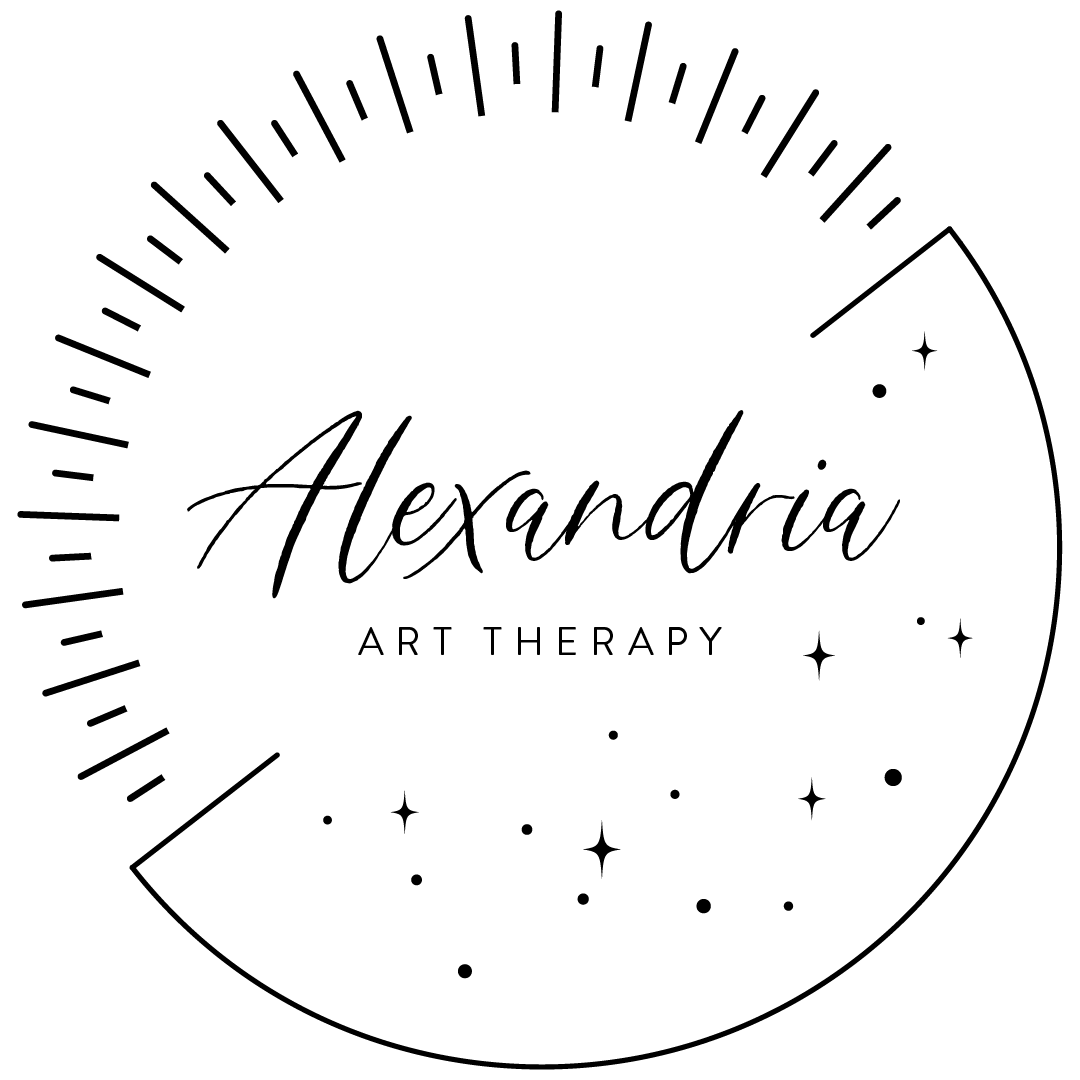Does Everything Happen for a Reason? Part 2: Lean Into Absurdity, Live a Happier Life
Last week, we dove in a bit to the idea that maybe...everything doesn’t happen for a reason. If you missed Part 1, start here for more on alternate frameworks for meaning-making, namely the idea of seeking solace in absurdity.
DOWNSIZE YOUR NARRATIVES
When we’re leaning on worldviews like “everything happens for a reason,” we’re asking for big answers to big questions. If we consider that everything doesn’t happen for a reason, and there may be no lesson, what do we look for instead?
We go smaller. With an eye towards absurdity, we look for moments. Moments of the bizarre, moments of surprise. Moments of human connection. The things that make your soul remember that you’re here and present on planet earth--whether that’s a novel that changes the way you think about the world, a piece of street art, an unexpected bloom in a garden, a rich conversation, a strange turn of events.
When you begin to seek solace in small-scale absurdity, pay attention to connection in its most random forms, not just in the relationships that are the closest to you.
We keep expecting to take big things and derive big meanings. Instead, maybe we need to derive big meanings from very small things.
My friend Sarah is an Episcopal priest. Last week she told me about a guy who works at her local Dunkin’ Donuts. She sees him every Sunday morning when she stops in before church.
“His name is Shazaad,” Sarah said. “He has a sister and a cousin named Sarah, and he believes it is one of the holiest names for one of the holiest women. Whenever I get a coffee on Sundays, Shazaad gives me a free donut and says, ‘If you change your name, no more free donuts. But we will still be a part of the human family.’”
Who’s to say what is holier? Working as a priest in the church, or making donuts? Here is our absurdity: who finds the meaning of life at Dunkin’? And yet, here we are. Our wise sages might wear a visor and an apron dusted with powdered sugar. Here is your donut, here is your reminder of your place in the human family, in the connectedness of things.
CREATE ART, CREATE ORDER
When we seek solace in absurdity, we are in part acknowledging and accepting chaos. What if, instead of trying to control the absurdity, we try to capture it instead?
Photographer Cig Harvey says, “photography is my way of slowing the world down and creating order from chaos.”
When you make art--any kind of art--you are making something tangible that can help you hold the world’s absurdity in your hands. You notice your subject fully. You see it, you appreciate or rail against it. Slowing down the world by making art allows you to enter this particular moment of absurdity.
The artmaking process (whether it is the noticing, framing, and editing that comes with taking a photograph, or the materials used in painting, drawing, or collage) forces us to see. Creating order in this way is similar to creating a narrative, but in making art, we are less likely to get caught up in looking for “everything happens for a reason” style meanings.
As writer and artist Austin Kleon put it, “I write to know what I think, and I make art to actually know what I feel.” When we are talking about (or writing about) the things going on in our lives and in the world, we are focusing on what we think--what does it mean? What’s the purpose behind all of this suffering? But when we make art, the meaning taps into emotion. Though these absurdity-art-truths may feel harder to pin down, they are more appropriate doses for our brains to process, which can bring more consolation and peace.
PROMPTS FOR ART MAKING
Need some ideas for how to get started? Engage with absurdity by trying out the following prompts for art making:
Go on a photo walk around your neighborhood with the sole goal of capturing small absurdities. A driveway with warring bumper stickers. A crooked house. A giant, inflatable holiday decoration. Absurdity is everywhere, and you’ll know it when you see it. (Our blog on mindful photography might help you get in the groove.)
Paint or draw a portrait of a strange acquaintance to whom you’ve never devoted much thought. The neighborhood busker? A woman on your street who drives a lime green car? The coworker who never makes eye contact? Your eccentric aunt? The guy who works at Dunkin’ Donuts? What does capturing this person in art make you consider?
Paint, draw, or create a collage representing the chaos you are experiencing in your life or the world right now. When you are done, notice the lines, colors, shapes, or images you selected. What does it feel like to hold chaos in your hands?
Don't miss an update--subscribe to our newsletter to receive new blog posts & the latest news in your inbox every other week.


